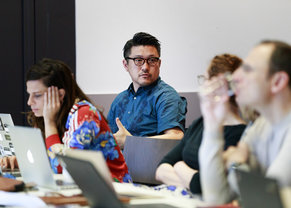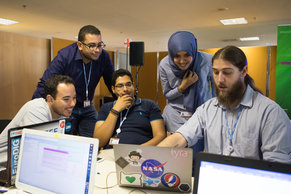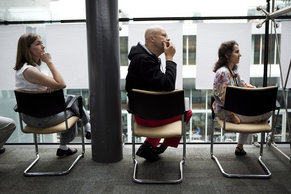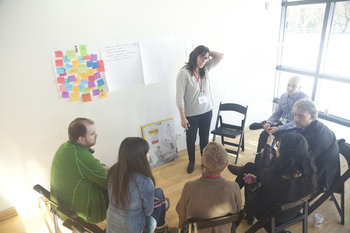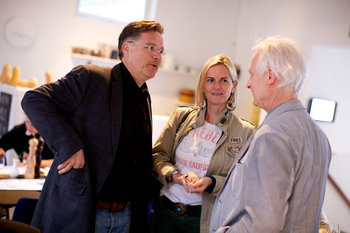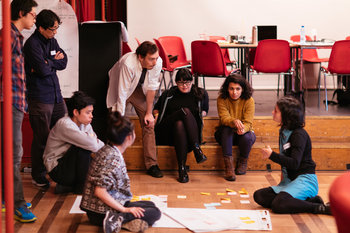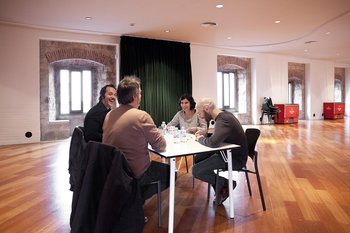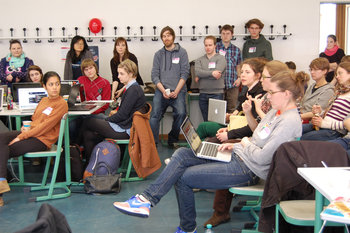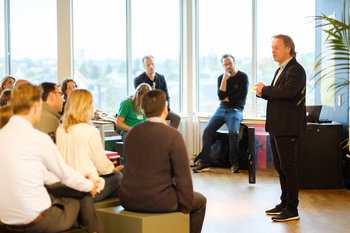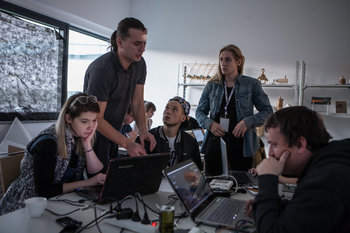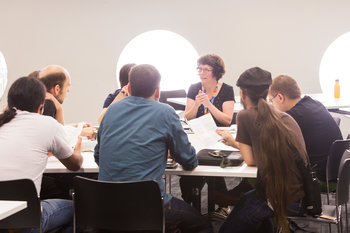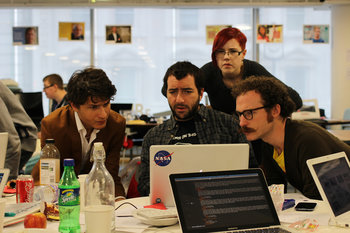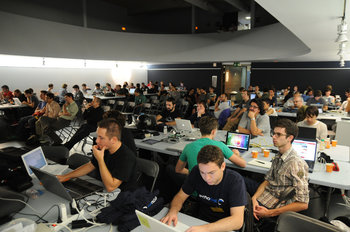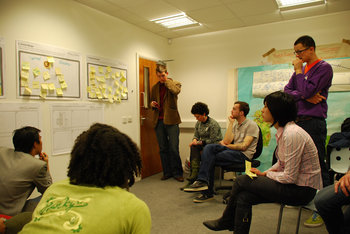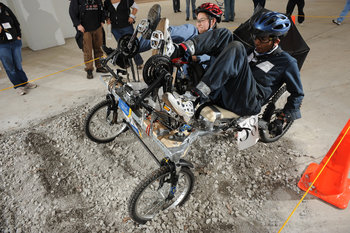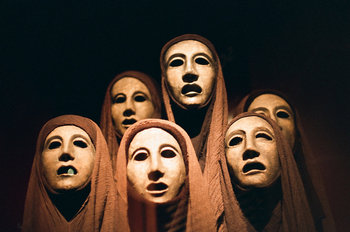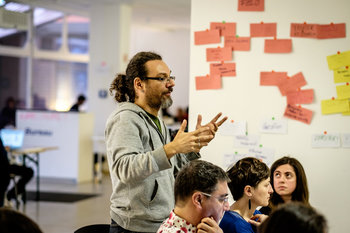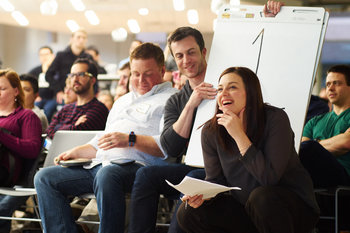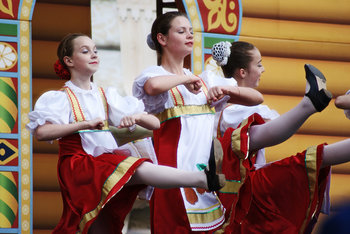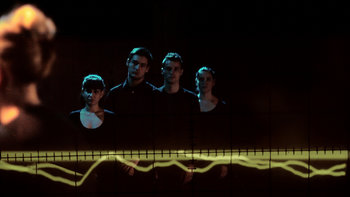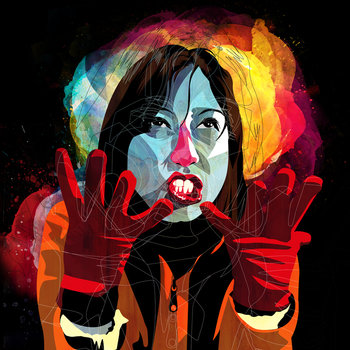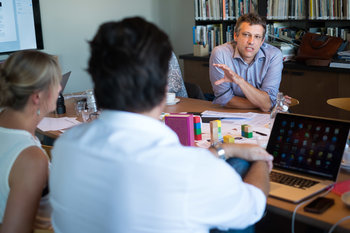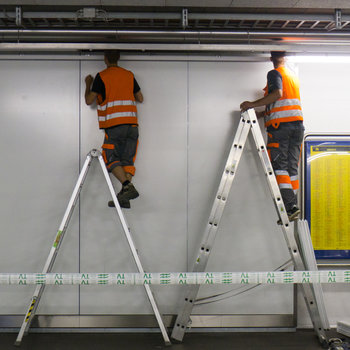
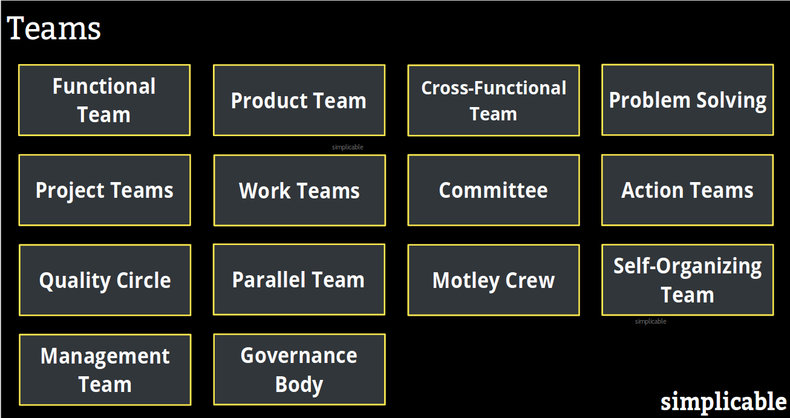
Functional Team
A team that is responsible for an organizational function such as a marketing team or information technology team.Product Team
A team that is responsible for developing, improving and managing a work product. For example, a team that develops and supports an mobile banking app.Cross-Functional Team
Placing diverse stakeholders and contributors on the same team to remove the political overhead of having teams working with teams. For example, a team with marketing, information technology and operations staff who work together to produce a product. This removes the overhead of having the entire marketing, IT and operations department involved in the effort.Problem Solving
A problem solving team, also known as a task force, works to solve a predefined problem. This can be a temporary team that exists until a solution is implemented. Alternatively, it can be a permanent team that address on ongoing problem that is unlikely to be permanently solved. For example, an information technology team that forms an information security task force to address security threats and vulnerabilities.Project Teams
The members of a project who deliver work. Project teams exist for the duration of a project such as constructing a building or developing a software product.Work Teams
A team that is assigned a set of tasks or activities. For example, a construction team that lays the foundation for a building.Committee
A team that produces a strategy, decision or procedure. The term committee implies a team that produces plans and instructions but no actual change.Action Teams
A team that makes a decision and then takes action to implement whatever is decided. This term is used to stress that the team is expected to produce change as opposed to a plan.Quality Circle
A team of people who play a similar role, often in different teams, who meet to find ways to improve quality in their area. For example, graphic designers from three different departments who meet to identify standards, measurements and improvements for creative outputs.Parallel Team
Teams that exist at the same time with common members. Often an individual is assigned to several functional teams, project teams and committees at the same time such that they need to balance their time, schedule and focus against competing demands.Motley Crew
An intellectually diverse team that includes strong characters with different viewpoints and backgrounds. For example, a film production that includes people with a wide variety of creative, business and technical backgrounds.Self-Organizing Team
A team that is free to achieve its objectives as it sees fit without management direction or control. Such teams have no internal hierarchy and are accountable to external authority only in terms of results and basic rules of ethics and behavior.Management Team
A team of individuals who manage other teams. For example, the managers of an information technology department may report to a chief technology officer and view themselves as a team of managers.Governance Body
Governance bodies are the top level of direction and control in an industry, organization, department or program. They provide oversight of management to represent the interests of stakeholders such as investors, employees, customers, governments and communities.| Overview: Team | ||
Type | ||
Definition | A unit of productivity, creativity, decision making and control. | |
Related Concepts | ||


